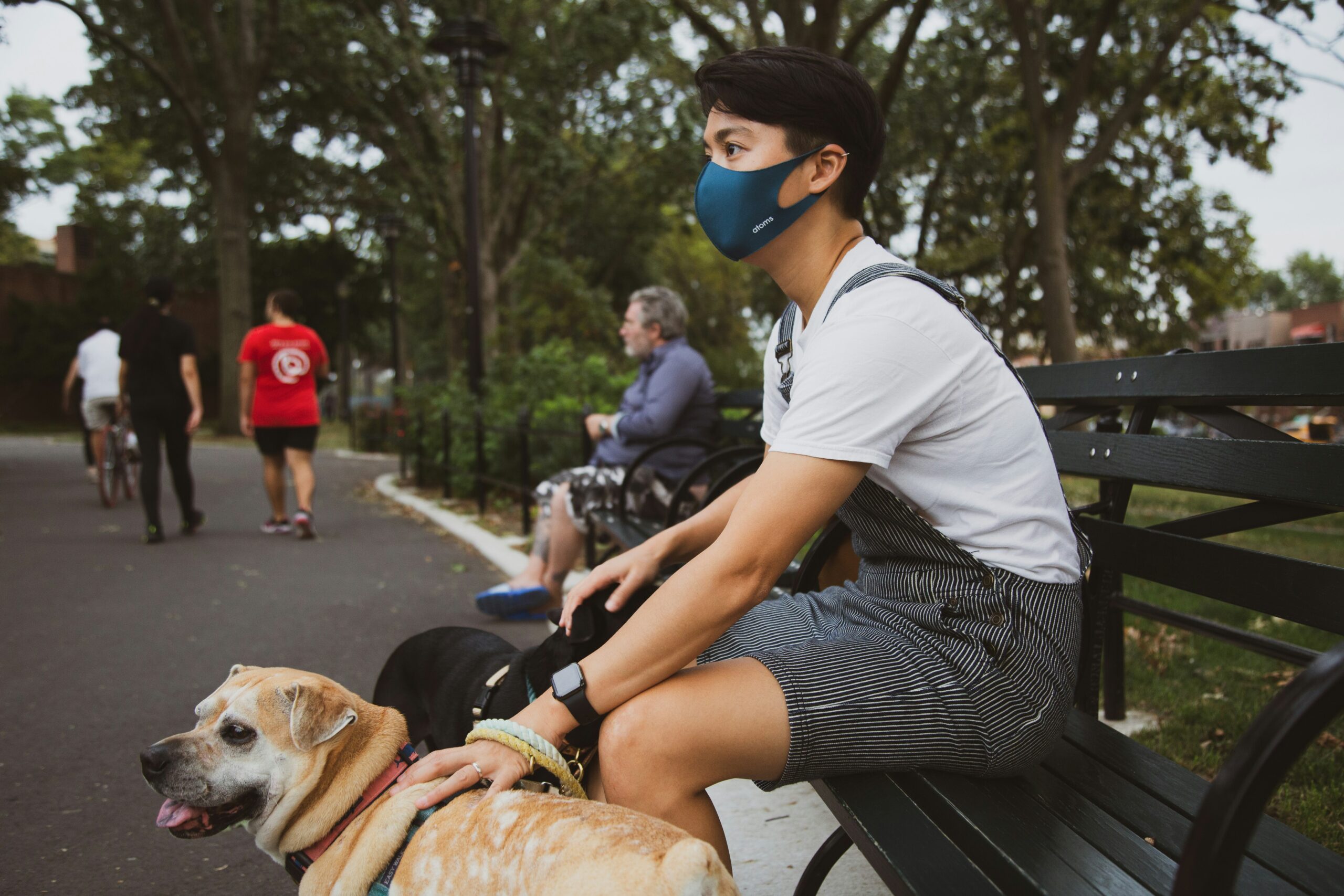Pet sitting is a fun and rewarding job, but it’s also a big responsibility. Whether you’re meeting a client for the first time, handling an emergency, or caring for a senior or exotic pet, being prepared makes all the difference. This guide will walk you through everything you need to know to provide top-notch care, build trust with pet owners, and grow your pet-sitting business.
First Meeting with a Client and Pet
Making a great first impression sets the tone for a successful pet-sitting experience. Here’s how to start off on the right foot:
- Come Prepared: Bring a checklist and any necessary paperwork.
- Ask Questions: Learn about the pet’s habits, health, and any special needs.
- Build Trust: Show genuine interest in the pet, be on time, and follow up with a thank-you message.
Create a Pet Sitting Checklist
Every pet is different, so having a tailored checklist can help you stay organized. Be sure to include:
- Feeding Instructions: Type of food, portion sizes, and feeding times.
- Exercise Routine: Walk schedules and playtime preferences.
- Medical Needs: Medications, allergies, and vet contact info.
- Behavior Notes: Any quirks, fears, or habits to be aware of.
Handling Pet Emergencies
Accidents and emergencies happen, so it’s important to be prepared:
- Learn Pet First Aid: Know how to treat minor injuries and recognize signs of distress.
- Keep Emergency Contacts Handy: Have vet clinics and emergency numbers saved.
- Have an Action Plan: Know what to do in case of an emergency, including how to transport the pet safely.
Daily Routines for Pet Sitting
Pets thrive on routine, so keeping their schedule as normal as possible helps them feel secure:
- Feeding: Stick to their usual meal times.
- Exercise: Keep up with regular walks and playtime.
- Rest Time: Make sure they have a comfy spot to relax.
Special Care for Senior Pets
Older pets may need extra attention and gentle care:
- Monitor Their Health: Watch for signs of pain or discomfort.
- Adjust Activity Levels: Keep them moving, but don’t overdo it.
- Ensure Comfort: Provide a cozy, accessible place for rest.
Caring for Exotic Pets
Exotic pets have unique needs, so make sure you’re ready to care for them properly:
- Create the Right Environment: Maintain the correct temperature, humidity, and lighting.
- Provide Proper Nutrition: Feed them a species-specific diet.
- Handle with Care: Learn proper handling techniques to avoid stress or injury.
Communicating with Pet Owners
Clear communication builds trust and keeps pet owners reassured:
- Send Updates: Regular messages and photos go a long way.
- Ask for Feedback: It helps you improve and keeps clients happy.
- Be Honest: If something goes wrong, be upfront and transparent.
Bonding with Pets Quickly
Building trust with a pet makes your job easier and more enjoyable:
- Be Patient: Give the pet time to warm up to you.
- Use Positive Reinforcement: Treats and praise work wonders.
- Engage in Play: Figure out their favorite activities and join in.
Dealing with Difficult Pets
Some pets may be anxious, reactive, or just a little stubborn. Here’s how to handle it:
- Understand Their Triggers: Learn what makes them nervous or upset.
- Stay Calm and Consistent: A steady approach helps them feel secure.
- Know When to Get Help: If needed, consult a trainer for advice.
The more experience you gain, the more confident you’ll become in handling different pets and situations. Ready to get started? Create your profile on Colledge today and start connecting with pet owners!



